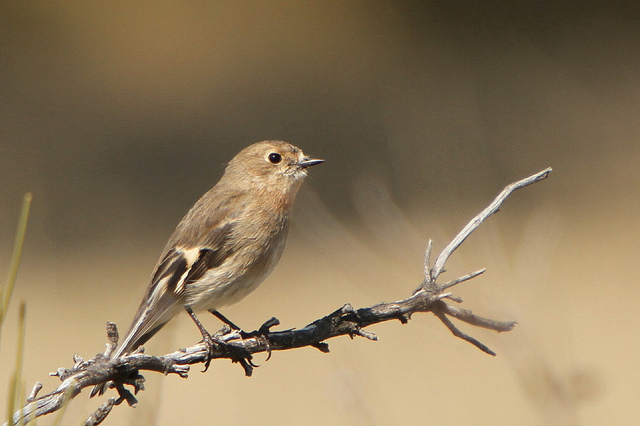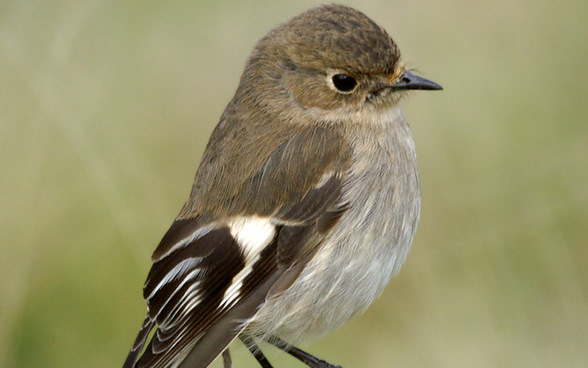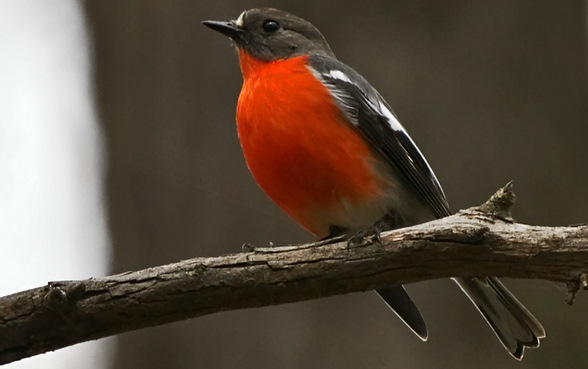Behaviour
Call
An attractive high-pitched musical trill consisting of three sets of three notes, sometimes written as “you may come, if you will, to the sea”.
Diet
Insects, spiders and other small arthropods.
Movement
It catches its prey on the ground by pouncing on it from an exposed lookout, then returns to its perch to eat. Outside of the breeding season it often feeds in a scattered flock, otherwise it’s seen alone. During winter it’s more likely to feed in open areas, including gardens.
Breeding
The female builds a cup-shaped nest made of grass and bark, held together with spider web and decorated with lichen. The nest is located in a cavity in a tree or rock face, up to 20 metres above the ground. She lays three to four pale green or blue eggs, spotted with brown, and she sits on the eggs to incubate them. The young birds hatch after 14 days and leave the nest after a further 16 days. The male searches for food, and both parents feed the young birds. There are often two broods in a season.
Field Guide
Improve your identification skills. Download your Flame Robin field guide here!





